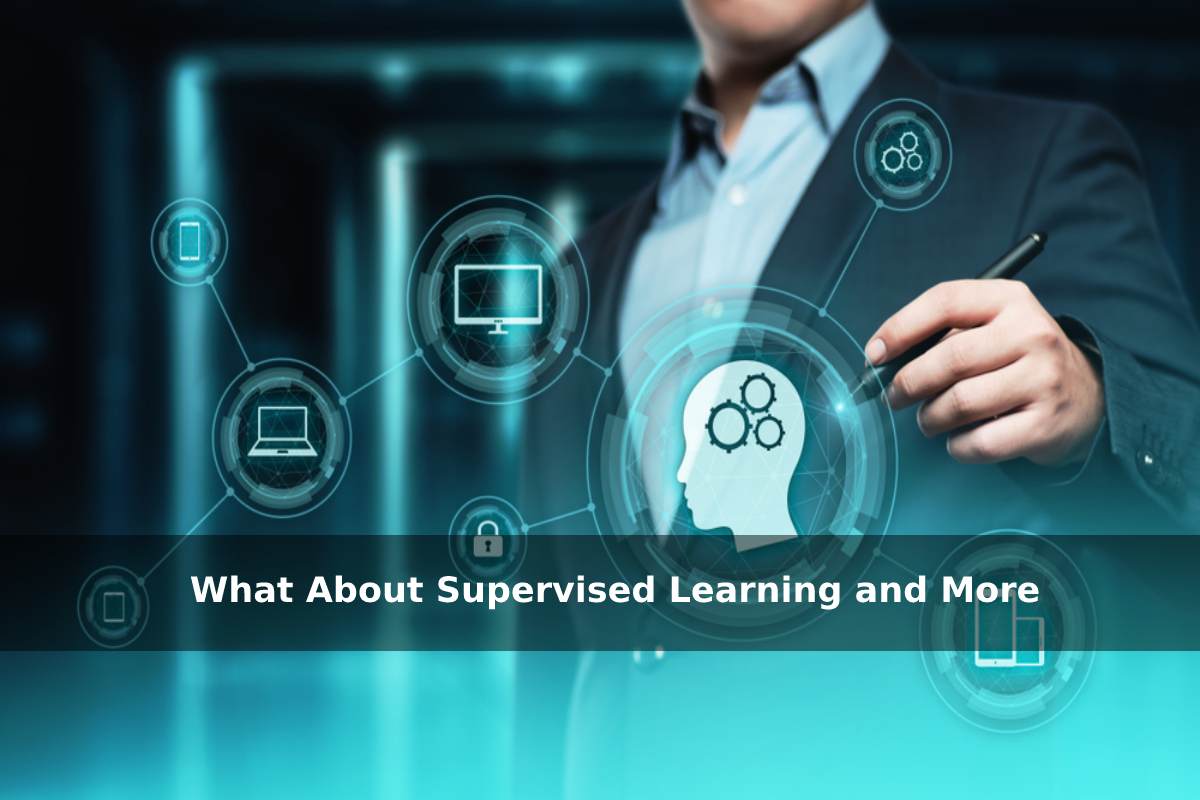
02 Apr What About Supervised Learning and More
Table of Contents
Introduction
Supervised learning, also identified as supervised machine learning, is a subsection of machine learning and artificial intelligence. It remains defined using labeled datasets to train algorithms that classify data or accurately predict results. As input data remain entered into the model, the model adjusts its weights until it has remained properly adjusted, which occurs as part of the cross-validation process. Supervised learning helps organizations solve a change of real-world problems on a large scale, such as sorting spam into a separate folder in your inbox.
How Supervised Learning Works

Supervised learning uses training to teach models to produce the desired result. This training data set includes correct inputs and outputs, allowing the model to learn over time. The algorithm adjusts its accuracy through the loss function until the error has remained sufficiently minimized.
It can be divided into two types of problems when extracting data: classification and regression:
Classification uses an algorithm to map test data into specific categories accurately. It recognizes particular entities within the dataset and attempts to draw some conclusions about how those entities should be labeled or defined. The most common classification algorithms are linear classifiers. In addition, supporting vector machines (SVMs), decision trees, the k-nearest neighbor, and the random forest are described in more detail below.
Regression remains used to understand the relationship between dependent and independent variables. In addition, it remains used daily to make projections, such as for the sales revenue of a particular business. Linear regression, logistic regression, and polynomial regression are popular regression algorithms.
Examples Of Supervised Learning
Supervised learning models can be used to create and advance many business applications, including the following:
Image and object recognition: SL algorithms can remain used to locate, isolate, and categorize objects from videos or images, making them useful when applied to various computer vision and image analysis techniques.
Predictive Analytics: An everyday use case for SL models is the creation of predictive analytics systems to provide in-depth information about various business data points. It allows companies to anticipate specific results based on a given output variable, helping business leaders justify decisions or pivot to the organization’s benefit.
Customer Insight Analysis: Using supervised machine learning algorithms, organizations can extract and classify important information from large volumes of data, including context, emotion, and intent, with very little human intervention. It can be incredibly helpful in gaining a better understanding of customer interactions and can be used to enhance brand appointment exertions.
Spam detection: Spam discovery is an extra example of a SL model. Using supervised organization algorithms, organizations can train databases to identify patterns or anomalies in new data and effectively organize spam and non-spam matching.
Also Read: Types of Electric Vehicles
Challenges Of Supervised Learning
While supervised learning can offer benefits to companies, such as deep insight into data and improved automation, there are some challenges in building sustainable supervised learning models. Some of these challenges include the following:
- SL models may require certain levels of experience to structure accurately.
- Datasets may have a higher probability of human error, resulting in incorrect algorithm learning. And also
- Unlike unsupervised learning models, SL cannot group or classify data on its own. And also
You discover patterns that help solve clustering or association problems from that data. It is beneficial when subject matter experts are unsure of the common properties of a dataset. Standard grouping algorithms are hierarchical, k-media, and Gaussian combination models.
Semi-supervised learning arises when only part of the input data remains tagged. Unsupervised and semi-supervised learning can be a more attractive alternative. Unfortunately, it can be slow and expensive to rely on domain expertise to label data appropriately for it.
Supervised Learning Algorithms
Various computer algorithms and techniques remain used in supervised machine-learning processes. Beneath remain brief descriptions of some of the most usually used learning methods, traditionally calculated through the use of programs such as R or Python:
Neural networks
We leveraged primarily for deep-learning algorithms, neural networks process training data by mimicking the interconnectivity of the human brain across layers of nodes. Each node consists of inputs, weights, a bias (or threshold), and an output. If that output value exceeds a certain point, the node remains “enabled” or activated, passing data to the next layer on the network. Neural networks learn this mapping function by complete SL, adjusting for the loss function through gradient descent. When the cost purpose is at or near zero, we can rely on the model’s accuracy to get the correct answer.
Conclusion
The goal of supervised learning is to shape an artificial system. That can learn the mapping between the input and the output and predict the system’s result with new information.
Also Read: What are Internal Combustion Engines


No Comments